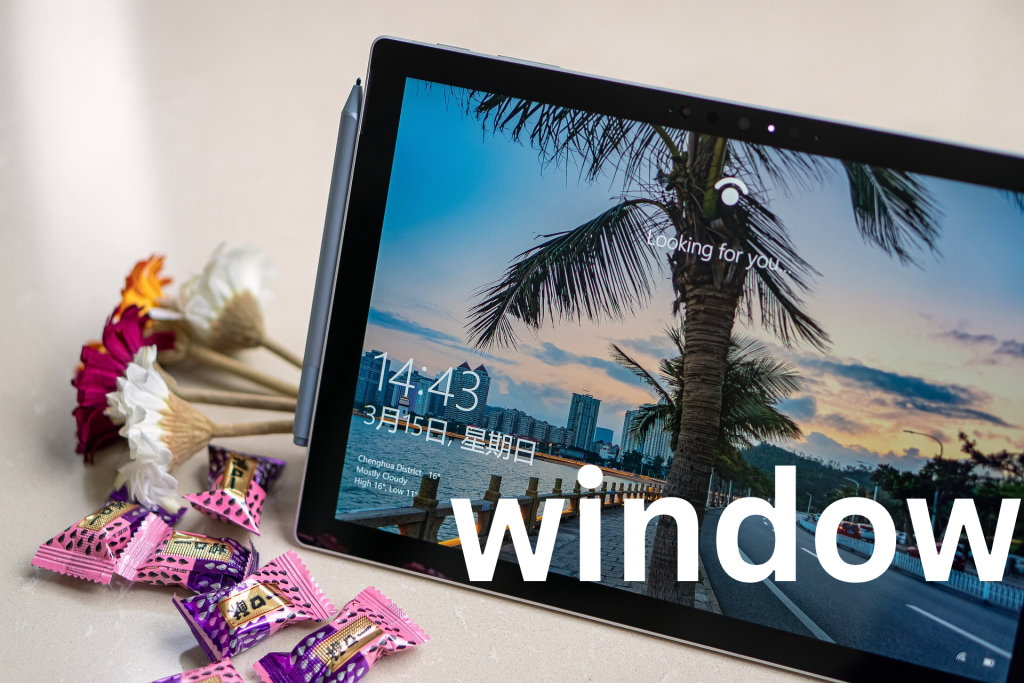Why You Should Factory Reset Your HP Laptop
A factory reset returns your laptop to its original state, wiping out all personal files, applications, and custom settings you’ve added. This is particularly beneficial when:
Your system is sluggish.
You’re facing malware or viruses.
You plan to sell or give away the laptop and need to erase all personal information.
Before you start, make sure to back up all your important files (documents, photos, etc.) because this process will delete everything on your laptop.

Method 1: Factory Reset Using Windows Settings (Windows 10/11)
Step 1: Backup Your Data Before you reset, ensure that you’ve saved all important documents, photos, and files. You can use external storage like a USB drive, an external hard drive, or cloud storage.
Step 2: Open the Settings Menu
Click the Start menu (Windows icon) in the lower-left corner of the screen.
Select Settings (the gear icon).
Step 3: Access the Recovery Men the Settings window, click on Update & Security.
On the left sidebar, click Recovery.
Step 4:
Start the Reset Process
Under the Reset this PC section, click on Get Started.
You will see two options:
Keep my files: This option will remove apps and settings but retain your personal files.
Remove everything: This option will erase all your personal files, apps, and settings. If you want a full reset, choose Remove everything.
Step 5: Choose Whether to Clean the Drive If you’re selling or giving away your laptop, select the option to clean the drive for enhanced security. This will make it more difficult for anyone to recover your data.
Step 6: Confirm and Wait for the Reset to Complete
The reset process will start and may take several minutes to an hour, depending on your laptop’s specifications and the options you select.
Your laptop will restart multiple times during this process. Once finished, you’ll be prompted to go through the initial Windows setup just like when you first unboxed the laptop.
